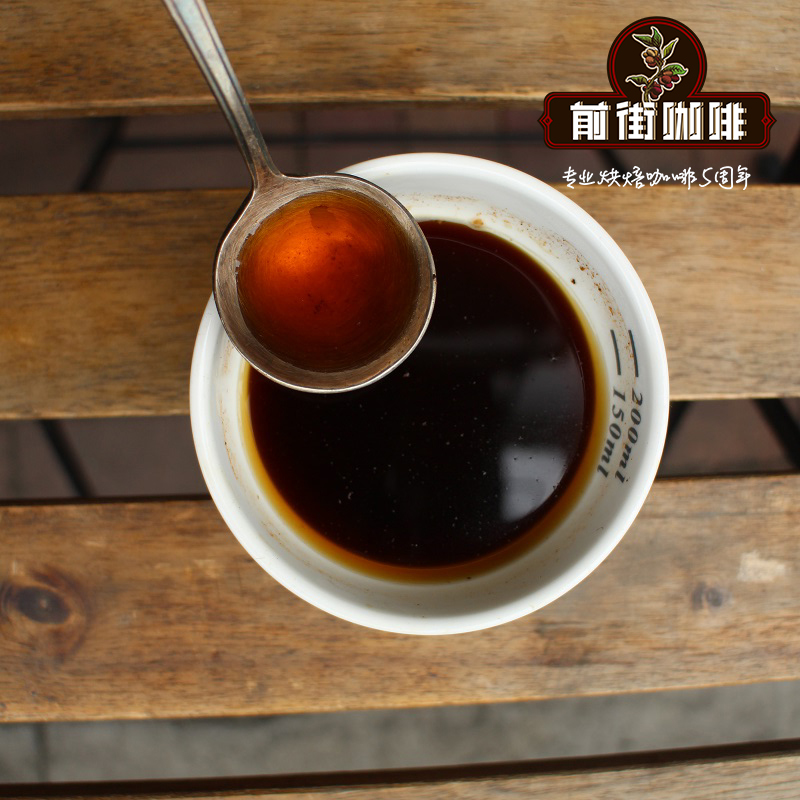Guatemala Coffee Story Guatemala Antigua Coffee Story Guatemalan Coffee experiment

Professional coffee knowledge exchange more coffee bean information please follow the coffee workshop (Wechat official account cafe_style)
Report on the trip to Guatemala
It's not easy to be a coffee farmer. Almost every task faces a number of challenges, from the complex logistics process of deciding which plant to grow, to obtaining fertilizer, to delivering coffee to buyers. As a coffee roaster that invests directly in our partner importers, our goal is to support every step of our partners. So I couldn't resist the opportunity when farmers at the Manos Farm (Manos Campesinas) in Guatemala invited cooperative coffee roasters to taste and evaluate the results of some of their experimental planting three years ago.
Coffee from Guatemala is our third largest coffee producer and can be found in several products (Justice, Mayan Magic espresso, safe Channel (Safe Passage) and medium roasted coffee in San Marcos, Guatemala). The concentration and quality of this coffee make it a versatile and popular product. Three years ago, Manos Campesinas, an umbrella exporter from several production cooperatives in Guatemala, was spurred by the massive damage caused by La Roya (coffee leaf rust or fungus) to many farmers. The farmers are looking for a solution. Manos wants to help, but he hasn't found a good answer yet. As a result, they began an extensive research project to determine which coffee varieties are most resistant to disease, perform best at elevations (because their farms are between 1300 and 1800 meters above sea level), and use different organic fertilization treatments. They want to measure quality, yield and resistance to La Roya and Ojo de Gallo, another fungus. Both diseases can destroy entire coffee crops, thereby significantly reducing yield and quality. Manos's technical consultants developed a way to conduct the experiment and collected data from the past two years to recruit and train farmers to provide experimental land on their farms.
This pilot planting project is funded by Cooperative Coffee, Equal Exchange and several other independent roasters purchased from Manos Campesinas. (the Highland project contributes to the Cooperative Coffee resilience Fund (Cooperative Coffees'Resilience Fund), which is used to support projects like this.) We have bought coffee from them for more than ten years, but this is the first time I have had the opportunity to visit them in person. After three years of careful care of these plants and a great deal of data collection, the first harvest is ready to be roasted and tasted.
END
Important Notice :
前街咖啡 FrontStreet Coffee has moved to new addredd:
FrontStreet Coffee Address: 315,Donghua East Road,GuangZhou
Tel:020 38364473
- Prev

The Effect of Solarization on Coffee Coffee Solarization Process Flavor Description of Coffee
Professional coffee knowledge exchange More coffee bean information Please pay attention to coffee workshop (Weixin Official Accounts cafe_style) Most of the world's specialty coffee processing methods are roughly the same: manual picking of ripe cherries, pulp (fruit from seeds/coffee beans), fermentation, extensive washing, drying, grinding/sorting, export. But occasionally you'll come across a bag labeled Natural Process, Drying
- Next

Jansen Manor Rose Summer Jansen Manor Coffee is good? the correct way to drink Jansen Manor Coffee
For more information about coffee beans, please follow Coffee Workshop (Wechat official account cafe_style) Jensen Coffee Farm: the family estate founded by Hacienda Cafetalera and Los Alpes Carl Axel Jensen (Carl Axel Janson) in Sweden in 1941. Our coffee plantation is located in the Talamanca Mountains, in Tisingal and Baru.
Related
- Beginners will see the "Coffee pull flower" guide!
- What is the difference between ice blog purified milk and ordinary milk coffee?
- Why is the Philippines the largest producer of crops in Liberia?
- For coffee extraction, should the fine powder be retained?
- How does extracted espresso fill pressed powder? How much strength does it take to press the powder?
- How to make jasmine cold extract coffee? Is the jasmine + latte good?
- Will this little toy really make the coffee taste better? How does Lily Drip affect coffee extraction?
- Will the action of slapping the filter cup also affect coffee extraction?
- What's the difference between powder-to-water ratio and powder-to-liquid ratio?
- What is the Ethiopian local species? What does it have to do with Heirloom native species?

